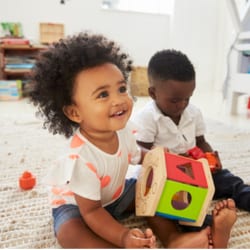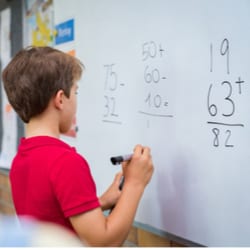Fun numeracy activities to share at home with your child
Ideas and resources to help you and your child find opportunities to learn numeracy all around you
Home » Numeracy at home » Fun numeracy activities to share at home with your child
Fun numeracy activities to share at home with your child
The home environment and family outings provide great contexts for engaging your children in numerate behaviours. Look at the images below – can you see where the numeracy opportunities are?
Have you set enough places for everyone? Have you got the same number of forks, knives and spoons? Let’s count them.
How many hours have you recorded in your driver log book? How have you calculated the hours from taking various short trips?
The next town is 30 kilometres away – how long do you think it will take us to get there?
What temperature should the oven be to cook muffins? How long will it take to cook the moussaka?
How do you organise the part-time job rosters at your work? What do you need to know to arrange your timetable? What tax do you pay on your part-time job?
How much flour do we need? How can we measure it? How many eggs do we need? How much batter do we need to fill the moulds?
Sandi McGeagh, an experienced kindergarten teacher, shares her advice for noticing that maths is everywhere to promote rich mathematical language in the video below.
Reflective Prompt
Reflective Prompt
What everyday activities do you do that can support your child’s numeracy?
Explore by developmental stage
There are a number of internet resources that can be used to engage with your children across all levels. For example, Talking math with your kids is a website dedicated to helping families support their child’s numeracy and mathematical development.
Numeracy guides, such as ‘Families working it out together’ and sites such as Family Maths Toolkit contain a range of activities that highlight numeracy in everyday activities.
Click on the icons below to find activities that are presented by stages of development, though several activities are relevant or easily adaptable across a range of levels.









